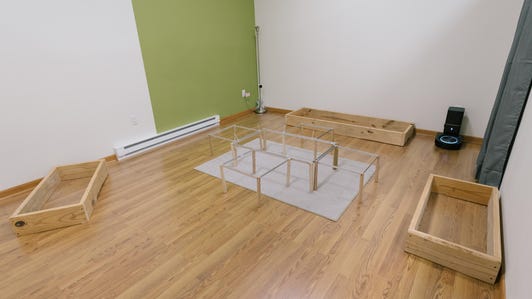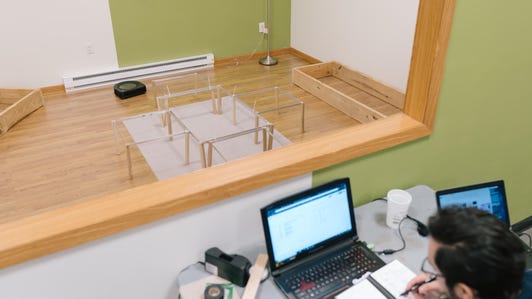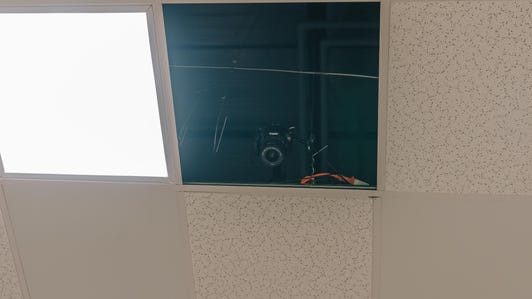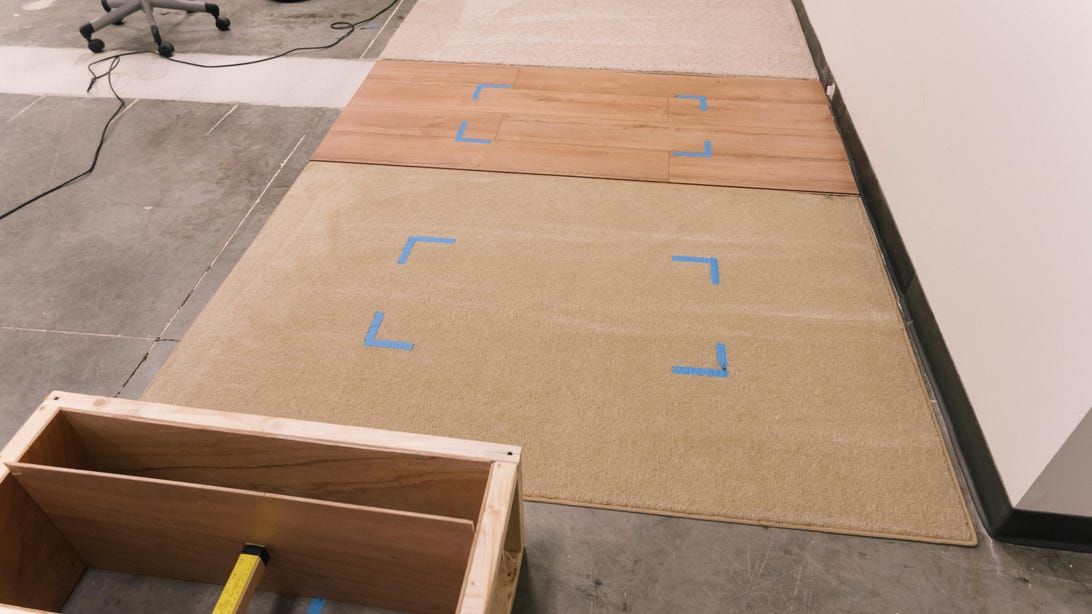The best robot vacuum for 2021 – CNET [CNET]
Is a sparkling clean floor one of your spring cleaning goals? If so, you don’t need a complicated chore wheel or cleaning schedule. And you can put the upright vacuum, broom, dust bin and mop back in the closet. We now live in the age of the smart vacuum, and there are robots to do that cleaning for us.
At one time, robot vacuums were only found in the pages of classic science fiction, or in Jetsons-like midcentury dream homes. That’s no longer the case. They’re real appliances. In fact, they’re far more advanced than ever before, with models boasting an array of sophisticated sensors, CPUs, lasers and even AI-enhanced software. The fact is that if you’re looking to keep your home nice and tidy, these robots are useful tools and will do the trick. Beyond dirt, a robot vacuum cleaner will pick up things like kitty litter and dust bunnies, keeping hardwood floor, tile floor, area rugs and carpets spick-and-span.
Nonetheless, living the robotic vacuum cleaner dream can set you back a hefty sum — some cost as much as four figures. While you don’t have to spend that much, you do get a lot in return. That includes self-emptying dust bins, multiple room and floor mapping, powerful suction and thoughtfully designed hardware.
Despite all this sophistication, however, none of these machines can really replace a mop and human exertion.
To choose the best robot vacuum, I spent over 120 hours (that’s a lot of time) torture-testing a group of 12 robotic cleaning vacuums for things like suction power, their ability to perform on carpets and hard flooring, and how well they performed during each cleaning cycle. Among them are brand-new models that have recently launched, flagship models and compelling options offered across numerous online retailers. I excluded older models that likely won’t be sold for much longer. I’ll continue to update this list periodically as new models hit the market.
How we test robot vacuums
Our method for evaluating robot vacuums is straightforward, yet grueling. There are two types of tests we run. The first trial is to figure out how well a robot covers the floor while cleaning. We built an industry-standard testing room as specified by the International Electrotechnical Commission, just for this purpose. The IEC is an international standards body responsible for managing robot vacuum testing procedures, among other things, for vacuum manufacturers.
Here’s a coverage photo of the iRobot Roomba S9 Plus as it moved through our test room. You can see the Roomba S9 covered the floor well, except for one slight section in the center (left, bottom).
Gianmarco Chumbe/CNETWe mount LED lights to the top of each vacuum cleaner. The dimensions of the lights correspond to the measured nozzle width of each particular robot vacuum we test.
As robots move through the room while cleaning, a camera overhead captures a long-exposure image of the entire room in low light. That photo will then have a light trail, created by the LEDs, that shows the exact areas where the robot traveled (and its nozzle position) during its runtime. We can also see areas of the floor the vacuum may have missed or gotten stuck.

This is the coverage pattern created by the Neato D7. Its movement through our test room was very orderly, logical and effective.
Gianmarco Chumbe/CNETYou can see the navigation results of all the robot vacuums in our test group in the gallery below.
The second type of test reveals exactly how much physical debris a vacuum is able to pick up off of the floor. To mimic dirt of small particle size, we use a mixture of play-sand and landscaping sand. For bigger particle soil, we use grains of uncooked black rice. Robots then run in straight line mode across three types of flooring (low-pile carpet, medium-pile carpet and hardwood bare floors).
Our custom-built tool lets us match soil area to a robot vacuum’s nozzle width.
Tyler Lizenby/CNETWe conduct three cleaning runs (at minimum) on each floor type. We also perform cleaning tests with sand and rice separately. That comes to at least 18 tests per robot vac. We weigh the robot’s dust bin both before and after each run. From there we can calculate the percentage of debris pickup for every cleaning run and the average amount of soil a machine manages to remove. Additionally we run anecdotal (visual) pet hair tests for each robot, on all three floor types.
 Enlarge Image
Enlarge Image
More vacuum advice and recommendations
- Your Roomba takes a weird path to clean the floors in your home
- The best cordless vacuums for 2021
- iRobot Roomba 980: $550 for a high-end robot vacuum
- How to prep your house so your robot vacuum won’t get stuck
- The 10 best vacuums to use for kitchen cleanup
- iRobot Roomba S9 Plus vs. Neato Botvac D7 Connected
- Tiger Global backs Indian crypto startup Coinswitch Kuber at over $500M valuation [TechCrunch]
- Life Is Strange: True Colors Opening Scene Revealed, Meet Alex Chen [Game Informer]

![the-best-robot-vacuum-for-2021-–-cnet-[cnet]](https://i0.wp.com/upmytech.com/wp-content/uploads/2021/04/28066-the-best-robot-vacuum-for-2021-cnet-cnet.jpg?resize=300%2C169&ssl=1)





![the-coolest-phones-at-mwc-2024-from-samsung,-honor,-motorola-and-more-–-cnet-[cnet]](https://i0.wp.com/upmytech.com/wp-content/uploads/2024/02/170255-the-coolest-phones-at-mwc-2024-from-samsung-honor-motorola-and-more-cnet-cnet.jpg?resize=300%2C200&ssl=1)
![mafia:-definitive-edition-headlines-playstation-now’s-november-line-up-[game-informer]](https://i0.wp.com/upmytech.com/wp-content/uploads/2021/11/43643-mafia-definitive-edition-headlines-playstation-nows-november-line-up-game-informer.jpg?resize=390%2C205&ssl=1)
![feminist-frequency-is-closing-down-after-15-years-[venturebeat]](https://i0.wp.com/upmytech.com/wp-content/uploads/2023/08/135712-feminist-frequency-is-closing-down-after-15-years-venturebeat.png?resize=390%2C205&ssl=1)